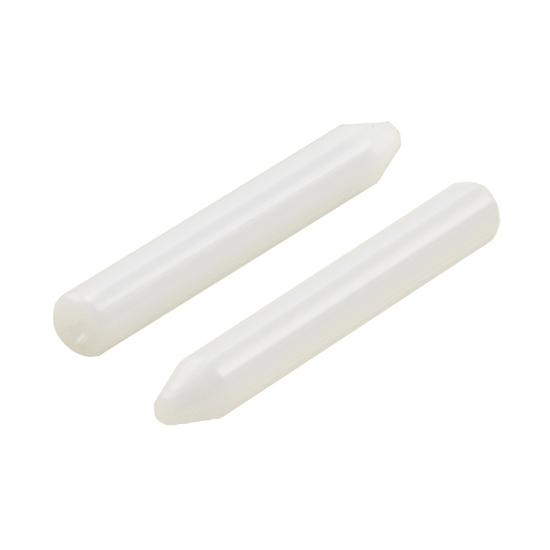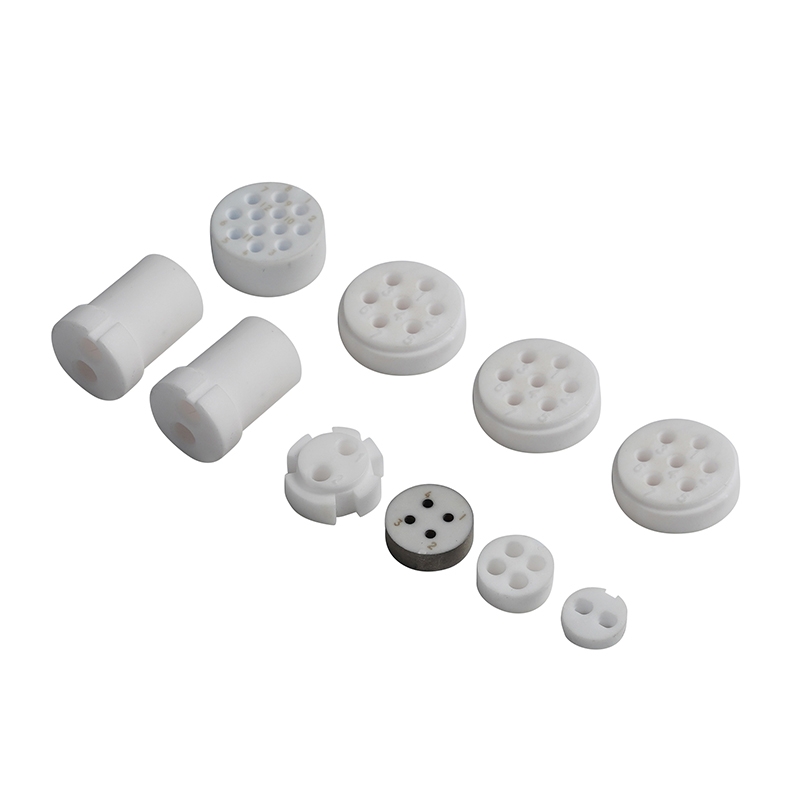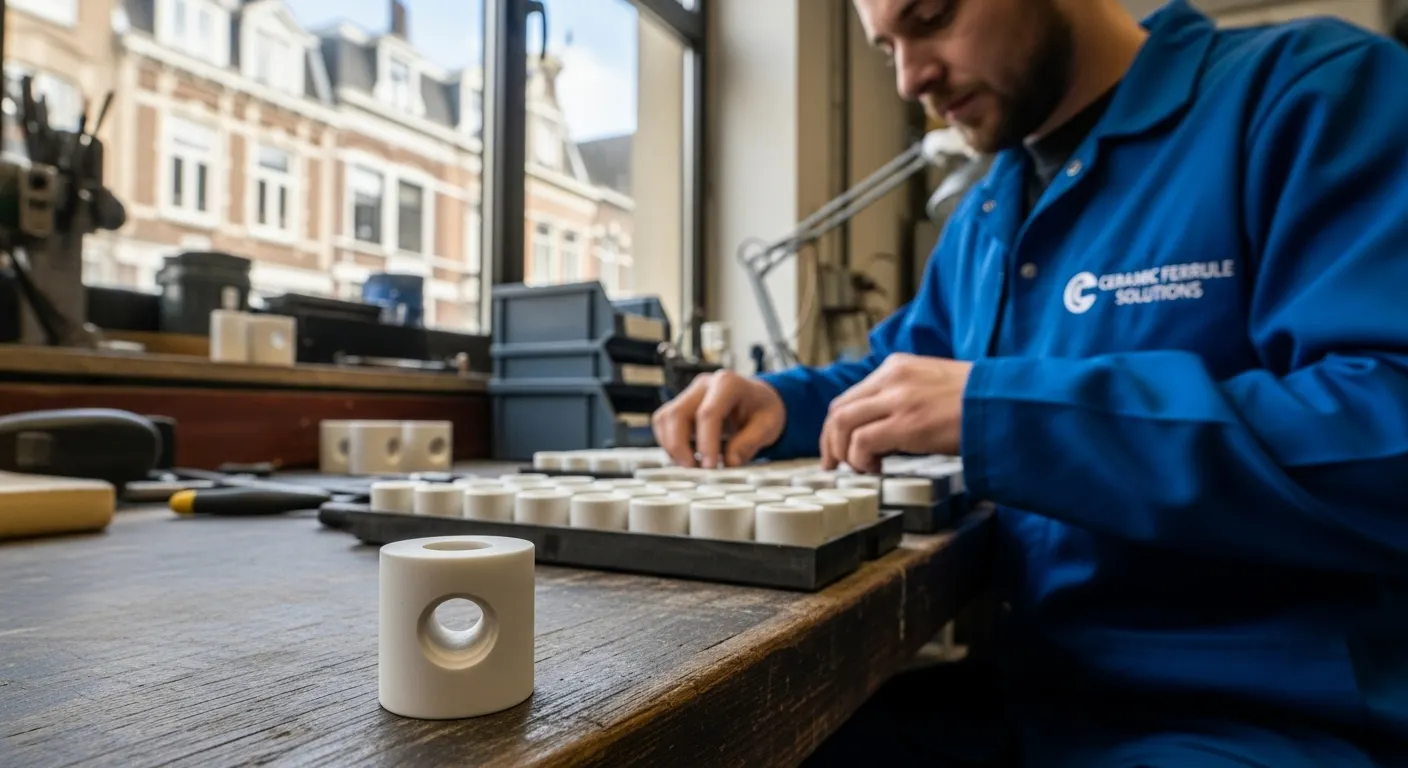Why Engineering Ceramics Outperform Metals in Industry
Engineering Ceramics are reshaping how critical components survive heat, friction, and tight tolerances - and at UPCERA we see the difference from prototype benches to full production lines. Teams in photonics, aerospace, medical, and advanced manufacturing tell us the same story: metals are easy to source and machine, but they creep, corrode, and drift when the environment gets tough. Our response is practical, not theoretical - Engineering Ceramics maintain alignment, protect interfaces, and extend service life where metals fall short.

1) Where Metals Hit Their Limits - and Ceramics Don't
Metals win on familiarity, yet they expand with temperature, conduct electricity when isolation is needed, and suffer abrasion under repeat cycles. Engineering Ceramics counter with high hardness, low thermal expansion, chemical inertness, and built-in electrical insulation. On the line, this converts into steadier tolerances during thermal cycling, cleaner contact surfaces over long duty cycles, and fewer downstream surprises.
When your process relies on laser alignment or precision metrology, small dimensional shifts can force recalibration, create scrap, or stall throughput. Ceramic components hold their geometry under load and temperature, so assemblies stay locked in. The payoff is concrete: fewer unplanned stops, more predictable maintenance, and yields that stay on target.
• Thermal drift in metal parts moves critical centerlines at elevated temperatures
• Wear and plastic deformation open up clearances over repeated mating cycles
• Corrosion drives contamination and unstable interfaces in harsh chemistries
• Unwanted conductivity complicates electro-optic integration and isolation
• Magnetic behavior interferes with sensitive cleanroom or medical equipment
✅ What Success Looks Like on the Floor
A good build is boring - in the best way. Couplings don't loosen after heat soak. Loss budgets remain tight across connectors. Calibration intervals stretch because fixtures hold their shape. These are the quiet efficiencies Engineering Ceramics deliver: stable optics, repeatable assembly, and confidence that the tenth shift behaves like the first.
2) UPCERA's Custom Ceramic Ferrule: Built for Non-Standard Integration
Standard parts struggle when your stack-up, fiber geometry, or mating strategy is off the beaten path. UPCERA's Custom Ceramic Ferrule, produced from high-purity zirconia with strict tolerance control, is designed for those moments. Whether you're assembling lasers, sensors, custom transceivers, or precision fixtures, we machine the ferrule to your device - not the other way around. If you're searching for zirconia ceramic ferrules or a high-purity zirconia ferrule for demanding optical paths, this is where we focus.
✅ What You Can Tailor with UPCERA
- ID, OD, length, and chamfer matched to your exact fit and polish plan
- Single-hole, dual-hole, or large-bore layouts for routing flexibility
- Step-end, tapered end, or an added metal shank to simplify mounting
- Geometry designed for lasers, sensors, and custom transceiver packages
- Zirconia material with tight tolerance control for stable, repeatable builds
Beyond geometry, performance is the point. The ferrule's hardness resists wear at interfaces that see frequent mating and demating. Low thermal expansion helps keep the optical axis where you set it, even under heat. Chemical inertness resists aggressive cleaning cycles and exposure to process fluids. Electrical insulation protects hybrid assemblies that mix optics and electronics.
✅ Key Advantages in Demanding Environments
- Application-driven machining for precise alignment and integration
- Dimensional stability that resists deformation and holds polish quality
- Low insertion and return loss sustained across repeated connections
- Thermal and chemical resilience for fluctuating or corrosive conditions
- Natural electrical insulation for mixed electro-optic designs
- Non-magnetic, contaminant-free construction that suits cleanrooms and medical use
We see the results across industries. In fiber-optic communication systems, the ferrule keeps single- or multi-fiber alignment tight, so your loss budget stays predictable. In optical test and measurement, stable geometry supports calibration that lasts. Data centers benefit from dense connections without creeping loss over time. Aerospace and military programs value consistent coupling under vibration and shock. Medical and biophotonic devices rely on inert materials that won't react or shed contamination. In each case, Engineering Ceramics deliver the quiet reliability that metals rarely hold over long service intervals.

3) How UPCERA De-Risks Your Build
Every successful ceramic part starts with a clear spec. Share your target bore, runout, and alignment tolerances along with the mating strategy, assembly forces, and expected duty cycle. Our engineers map those inputs to a ceramic design that supports polish plans, bonding steps, and fixtures in your real process - not a generic ideal. For non-standard connectors or prototype transceivers, we'll align ferrule features so centerlines, chamfers, and end-forms sit exactly where your optical path demands them.
We recommend proving the concept in stages. First, short-run samples validate alignment and handling. Next, pilot batches check mating cycles, cleaning, and integration on representative hardware. Finally, production lots lock in surface finish and tolerance windows. Because zirconia preserves surface integrity and shape under stress, your interface quality remains consistent across these phases. The practical effect is less drift, fewer reworks, and operators who don't have to fight the hardware to hit spec.
✅ Applications We Support - And Why It Matters
Laser assemblies, sensors, and custom transceivers depend on clean, repeatable coupling. Metrology tools need fixtures that won't move when temperatures do. Fiber systems in research and manufacturing demand low loss over a high number of mate cycles. With Engineering Ceramics, you're not just buying a material; you're buying stability that compounds over months and years of operation.
At UPCERA, our role is to make that stability tangible. We optimize ferrule geometry for your polishing sequence. We consider adhesives, cleaning chemistries, and the forces applied during installation. We anticipate the real knocks of production - thermal soak, vibration, and operator variance - and design so the part keeps doing its job quietly in the background.
Ready to Raise Yield and Cut Downtime?
Let's turn your spec into a stable, scalable solution. Contact UPCERA for a quick DFM review and a custom ferrule quote. We'll help you confirm the right geometry, choose the best end-form, and move from prototype to production with confidence - powered by Engineering Ceramics that hold alignment, resist wear, and protect your signal path shift after shift.
 English
English 中文
中文





